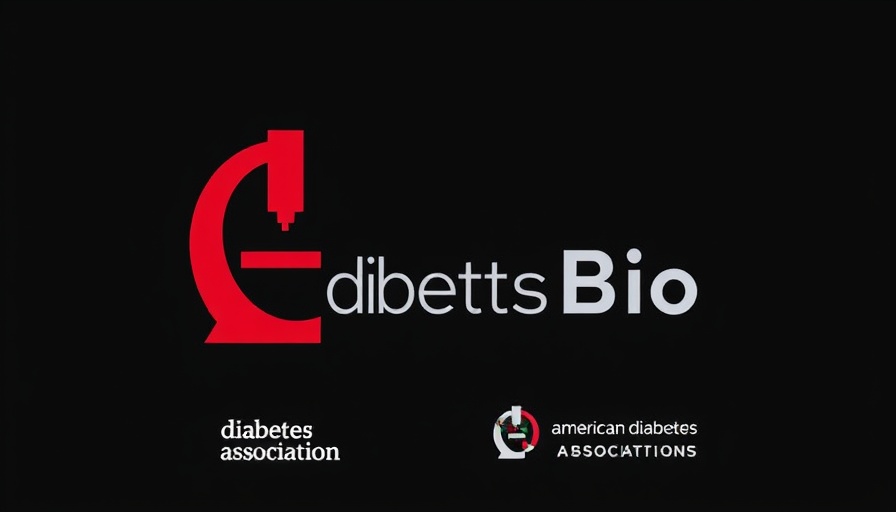
Understanding the Impact of Type 2 Diabetes
Type 2 diabetes is a chronic condition characterized by insulin resistance and elevated blood sugar levels. It affects millions globally and is often interlinked with obesity, stress, and lifestyle choices. The findings from a recent screening of "ImPossible" shed light on the challenges faced by those living with diabetes and the critical need for community support and awareness.
In "ImPossible Screening 2025 - Denver, CO," the audience grappled with personal narratives around diabetes, prompting an exploration of critical insights into managing this condition.
Personal Narratives: The Power of Sharing
In the video clip from the screening, a heartfelt narrative unfolds that demonstrates the struggles surrounding a diabetes diagnosis. The storyteller discusses the fear and isolation that accompany this condition, emphasizing a truth many might recognize: diabetes is often a silent disease. According to the World Health Organization, around 422 million people globally are diabetic, yet many remain unaware of their condition until complications arise, highlighting the need for proactive screenings and discussions.
The Emotional Burden of Diabetes
The film "ImPossible" poignantly illustrates the emotional weight carried by diabetic individuals and their families. Support is critical, as highlighted by the discussion around weight management and mental health. Many health professionals, including diabetes counselors and nurses, emphasize that weight loss is not solely a physical issue but often intertwined with emotional challenges. Encouraging an open dialogue can help those struggling find the encouragement and resources they need to manage their condition.
Cultural Perspectives and Misconceptions
Addressing the societal misconceptions around diabetes is essential. The film and the subsequent conversation aim to dismantle the stigma attached to taking medication for diabetes management. As one physician noted, there should be no shame in seeking help, be it through medication or support. This aligns with studies suggesting that favorable attitudes towards diabetes treatment options lead to better adherence rates among patients.
The Role of Nutrition in Diabetes Management
Nutrition emerges as a critical factor in managing diabetes effectively. As the film discusses, the role of nutritionists and dieticians is paramount in guiding diabetic patients through meal planning and lifestyle adjustments. A balanced diet not only helps in managing blood sugar levels but also enhances overall health. Health practitioners encourage a team approach to nutrition, involving patients in the decision-making process concerning their dietary choices.
Take Action: Building a Supportive Community
The success of initiatives like "ImPossible" hinges on the conversations they inspire. As viewers witness personal testimonies, they are encouraged to share their stories, fostering an environment of mutual support. Engaging in local diabetes support groups or workshops can create a robust community network empowering individuals with diabetes and their families.
Conclusion: A Call for Increased Awareness
The conversation surrounding diabetes, as showcased in the film, reveals the complexities inherent in this health issue. Understanding the emotional nuances, nutritional needs, and the pivotal role of community support is vital for the well-being of diabetics and pre-diabetics. Moving forward, we must advocate for more open discussions, a culture of support, and proactive health measures to combat the rising tide of diabetes.
 Add Row
Add Row  Add
Add 




Write A Comment